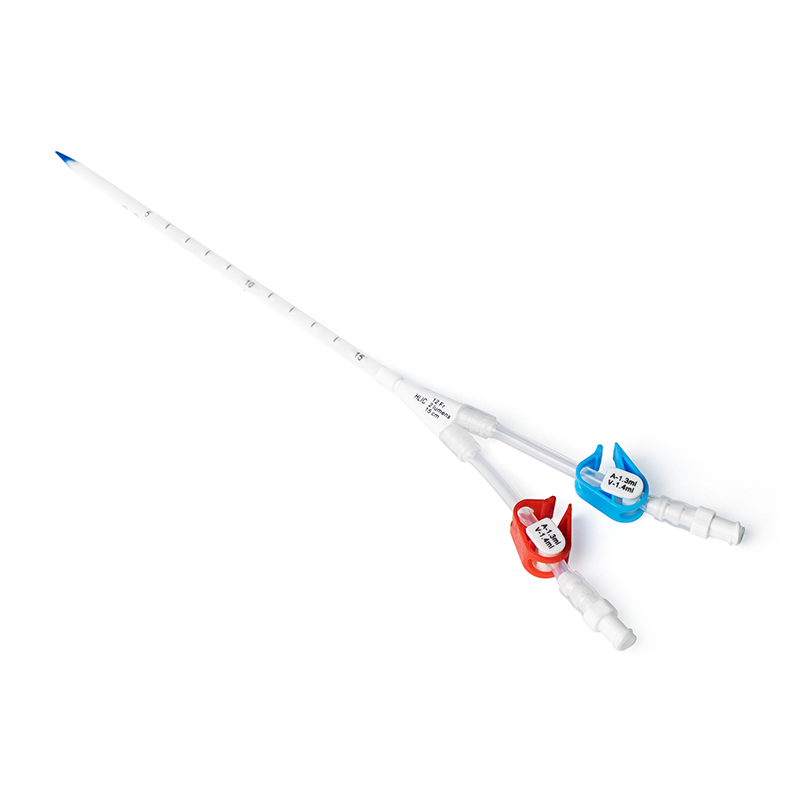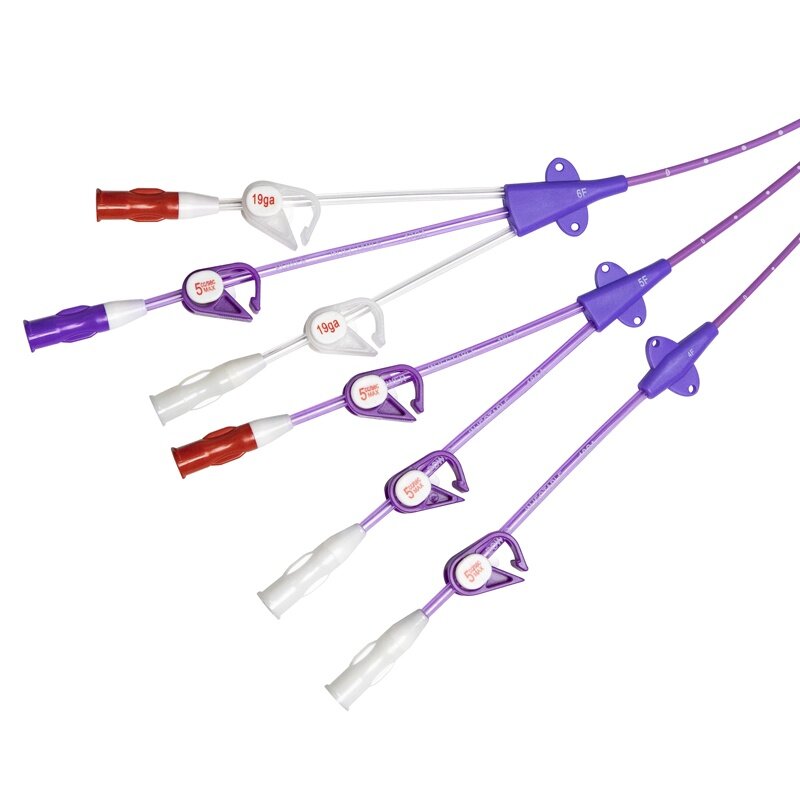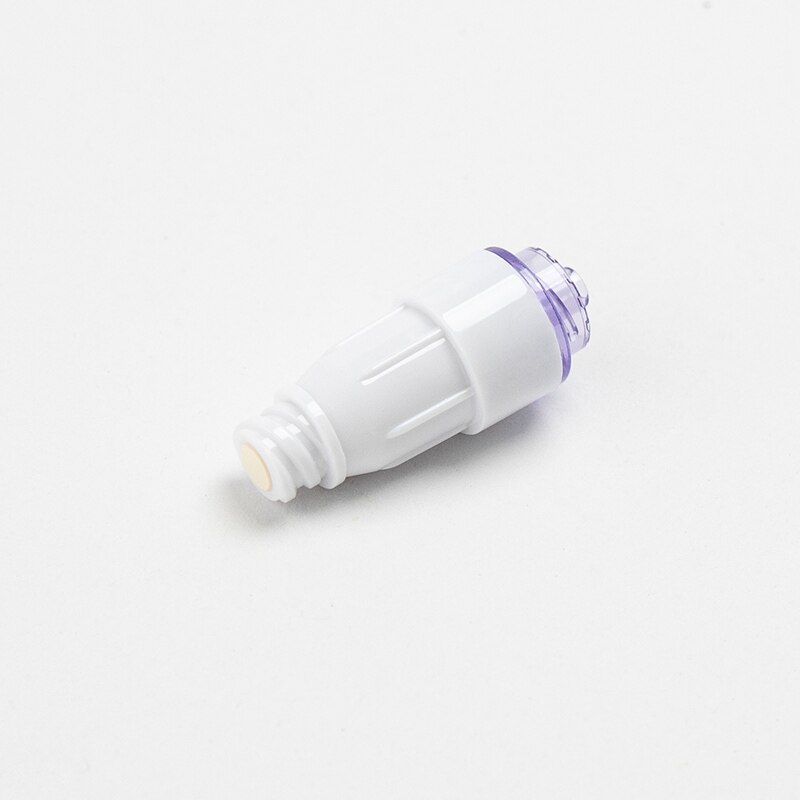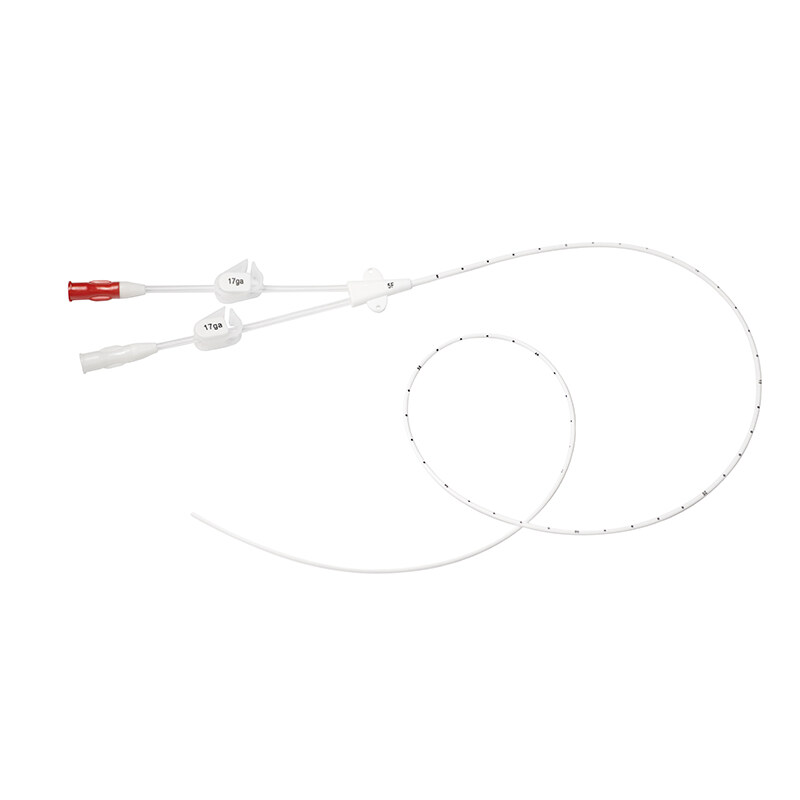Abstract
Background: To compare the distal radial artery approach (DRA) with a longer catheter to DRA with a shorter catheter in arterial catheter (AC) placement in the intensive care unit (lCU).
Methods: This was a single-center retrospective cohort study of DRA with a long catheter (60 mm) for arterial catheterization in the ICU. DRA with a short catheter (25-30 mm) was used in the control group, and the groups were compared using multivariate regression analysis. The primary study endpoint was the incidence of unplanned AC removal. The secondary endpoint was the incidence of other inappropriate events, namely loss of arterial pressure waveforms, bleeding, catheter-related infection, pressure ulcer, and other complications associated with the AC.Results: In this study, the DRA with a long catheter was used in 50 patients. No unplanned AC removals or other inappropriate events occurred, and there were no complications associated with the DRA. The DRA procedural success rate was 100%. There was no significant difference in hemostasis times between the groups. Loss of arterial waveforms was an early predictor of unplanned AC removal. Conclusions: The DRA with a long catheter provided stable monitoring and was associated with a low unplanned removal rate. This method has the advantages of fewer complications and shorter hemostasis time compared with the DRA with a short catheter, and may become a new AC option in the lCU.
Aim:
To compare the differences between the distal radial artery approach (DRA) using a 6-cm long arterial catheter and the DRA using a 2.5–3.0-cm peripheral venous catheter (PVC) during arterial catheter (AC) insertion in the intensive care unit (ICU).
Methods:
Study Design: Single-center retrospective cohort study
Study Period: May 1, 2021, to July 31, 2022
Study Site: Kitasato University Hospital, Kanagawa, Japan
Study Population:
Study Group: 50 cases underwent DRA insertion using a 20G-6 cm long arterial catheter. The catheter kit included a guidewire, and puncture was performed via palpation-guided puncture using the Seldinger technique.
Control Group: 94 cases underwent DRA insertion using a 20G or 22G peripheral venous catheter (2.5–3.0 cm).
Result:
.png)
First-pass success rate: 100% for the long arterial catheter vs. 73.4% for the peripheral venous catheter.
Hemostasis time at catheter removal: 176.1±82.05 seconds for the long arterial catheter vs. 208.7±149.75 seconds for the peripheral venous catheter.
Unplanned extubation rate: 0% for the long arterial catheter vs. 37.2% for the peripheral venous catheter.
Arterial pressure waveform loss: 0% for the long arterial catheter vs. 37.2% for the peripheral venous catheter.
Conclusion:
In this retrospective study, no accidental catheter dislodgement or loss of arterial pressure waveform occurred during ICU management with the long arterial catheter. No severe complications were observed throughout insertion, maintenance, and removal. The results suggest that the long arterial catheter is practical in the ICU, enabling stable continuous arterial blood pressure monitoring and shortening hemostasis time. It may serve as a preferred option for arterial catheterization in critical care settings.






.png)